Identifying weeds in your garden is not always as simple as you would think. Just what is a weed? Are they always detrimental to your space? Here’s what you need to know about weed identification.
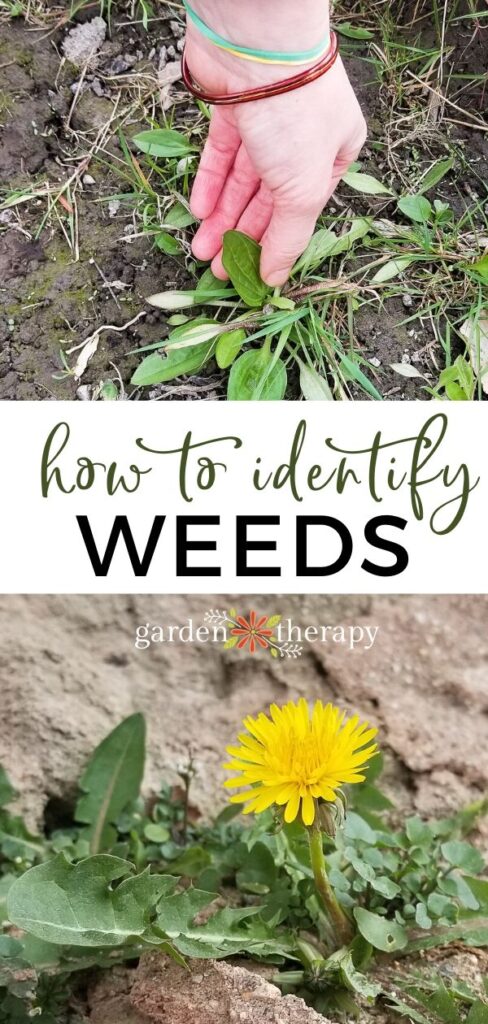
Want to know how to identify weeds in your home garden? Believe it or not, the secret to weed identification is that it’s all about perspective! Read on for my tips on how to identify weeds and what to do about them. It may not be what you expect.
What Do Weeds Look Like: A Childhood Perspective
I remember picking bouquets of dandelions as a child: grabbing so many in my hand that I couldn’t keep my fingers around the flowers that kept falling out. It took some time to hone my picking skills, and sometimes the head would pop off, but luckily, there were plenty of blooms for me to practice on in the local park.
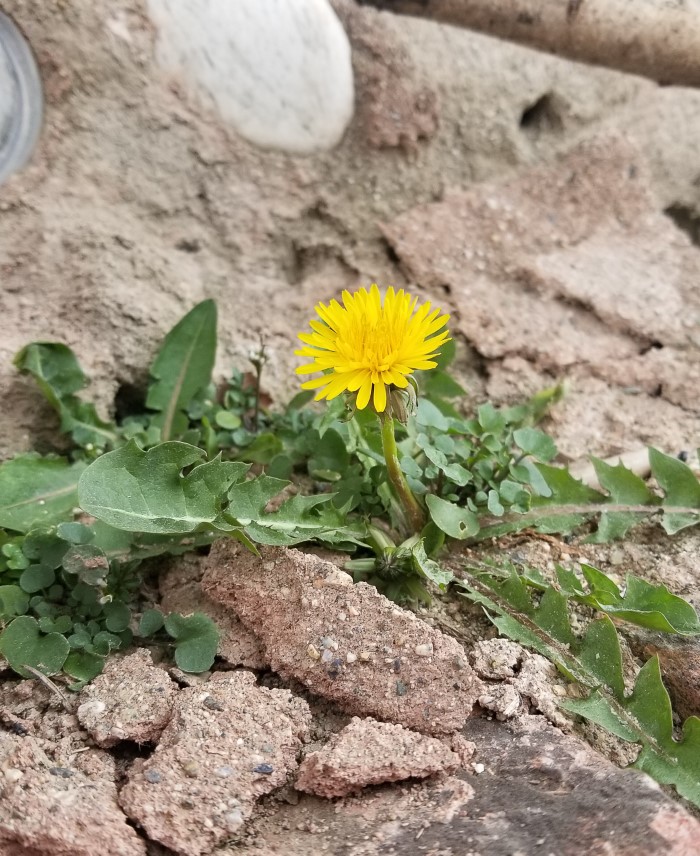
I also remember blowing the little parachutes into the wind from a dandelion who had gone fully to seed and watching them float in the air, touching down where they would grow next. It’s a classic childhood thing to do because, for kids, the superfood dandelions are just about the most fun flower around!
Today, I’m certain that my neighbours will not mind if my son picks their dandelion blooms, and I’m equally as certain that they would cringe to see him blow the seeds into their yards.
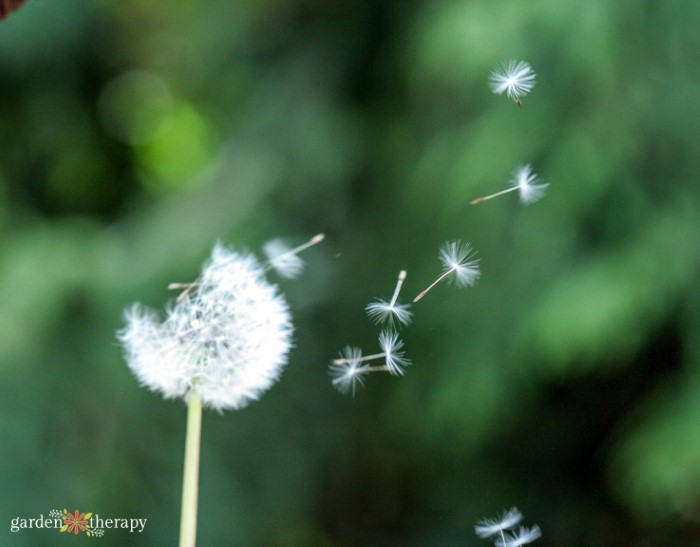
So what is it about these sunny, yellow flowers that get people all worked up?
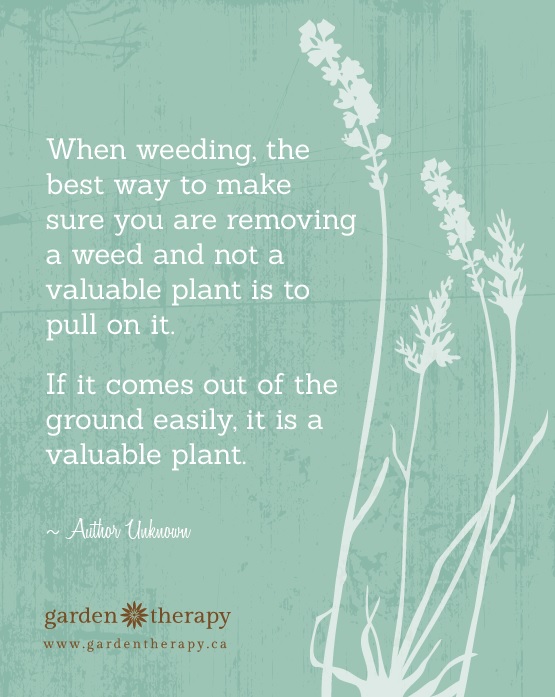
I mean, if you think about it, you can even buy dandelion seeds. So… are dandelions (Taraxacum officinale) weeds? And if so, what makes them weeds?
What is a Weed: A Plant Lover’s Perspective
You may be reading this and thinking “a dandelion is obviously a weed. Just look at them. They take over gardens and beautiful yards of grass. That obviously makes them a weed, right?”
Well, yes…and no.
If you are now scratching your head and wondering “how do I identify weeds in my yard?”, then you have come to the right place because I’m going to tell you.
A weed is simply a plant that is growing where it is not wanted.
If you have a bunch of rogue tomato or squash plants in your garden, they are called “volunteers”. However, if you have fairly hardy, native, or invasive plants growing where you didn’t plant it, that’s a “weed.” If you have a few pop up in the middle of the flower bed, that is a “wildflower.”
They are all the same thing.
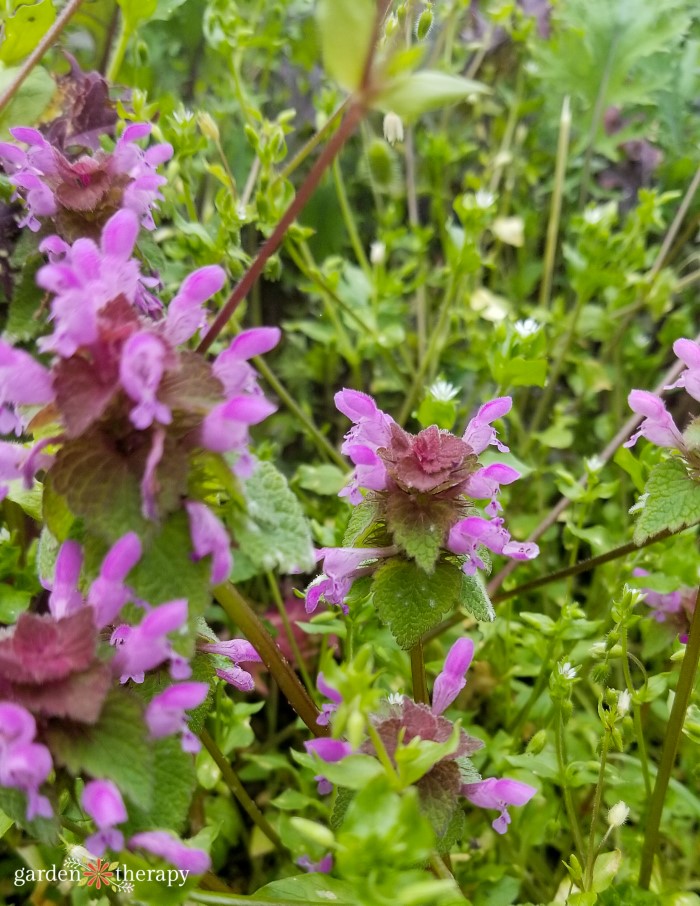
The reason weeds are seen as a garden problem at times is because they compete with plants who prefer garden space, nutrition, and water. Left to their own devices, the weeds will probably win.
They are stronger, faster-growing, and relentless in the garden. They can come back from a tiny thread of root left behind and bury themselves so deep you will lose your shovel before you get them all. Or, they can grow sideways out under rocks, pots, or landscape fabric.
The seeds can also stay dormant for hundreds of years before the right conditions allow them to germinate.
Amazing, right?
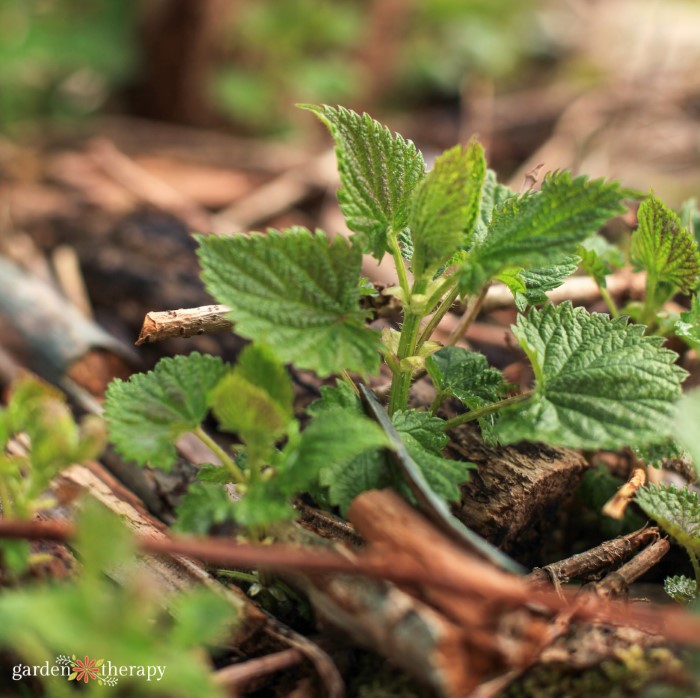
Weeds Aren’t Bad: There Are Many Benefits
Weeds get a bad rap, and I’ll admit, sometimes I’m not thrilled about them either (like when my bindweed tries to claim control over my garden). However, there are a few benefits to weeds:
- They are an important food source for insects, birds, and wildlife.
- Many are edible, tasty, nutritious, and medicinal.
- They cover bare soil quickly, holding in water and nutrition.
- They can also draw water and nutrients from deep in the soil via those long taproots that make them so hard to pull up.
- Compost these weeds, and those nutrients will feed your garden.

Weed Identification: How to Identify What is a Weed in Your Garden
You can certainly search the web for weed identification and it will bring up plenty of charts. The methods I generally use don’t require any books or a computer screen, though.
In most cases, I will let the plant in question grow and see what happens. If it seems that this little seedling will soon be a monster taking over my beautiful peony, then, yoink! It’s off to the compost bin.
If it’s peppering the lawn with flowers as clover does, I’ll happily leave that for the bees to enjoy. The bees have enough problems these days without me taking their food sources away.
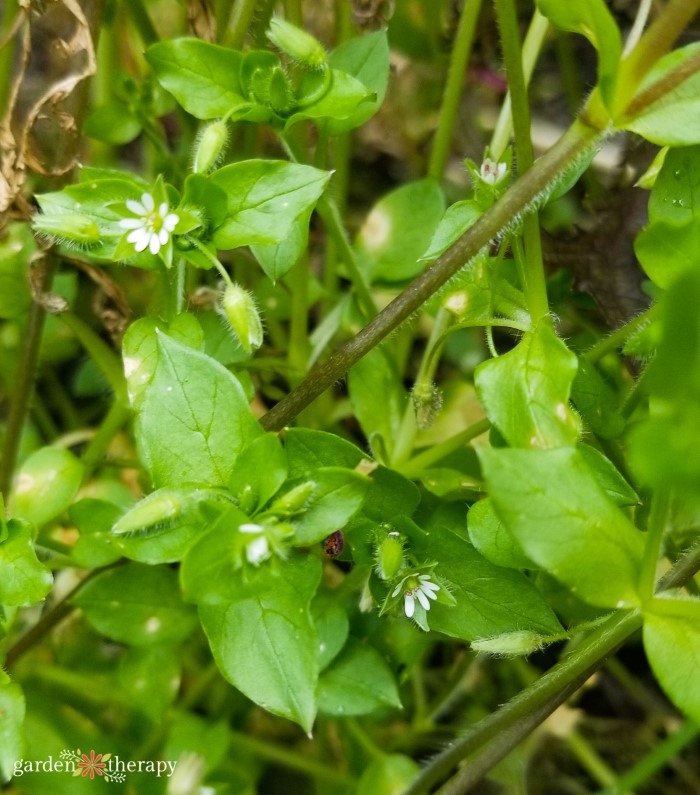
Identifying Weeds in the Vegetable Garden
In the vegetable garden, I teach children to identify weedlings before they take over the veggie plot.
Generally, if a tidy row of similar-looking greenery is growing in an orderly fashion where you planted some seeds, it’s likely cultivated. You can certainly check a photo of vegetable seedlings on the internet to confirm, but pattern goes a long way here.
Clusters of random-looking greens or sprouts where you didn’t plant seeds are probably wild plants. If you are still in doubt, the wait-and-see method works every time!
This doesn’t mean you need to let your entire garden grow to maturity before you realize that it’s just all buttercup. It’s simply the technique that I use to start identifying what I want and what I don’t want growing in the garden.
There are plenty of plants that aren’t typically characterized as weeds that I rip out of the beds just as quickly as I would some dreaded horsetail. With this, you are learning about your garden, the plants that naturalize there, and their habits.
If you identify a weed that looks beautiful when blooming that you want to keep for a short spell (like those darling forget-me-nots), just be sure to pluck that sucker from the soil before the flowers go to seed.
Enjoy it while you can, but be ruthless before you have hundreds to contend with!
But maybe you will like that too. It’s all perspective after all.

If you struggle with weed identification, I hope this post helped to give you confidence about knowing what is a weed and what is not.
More Reading on Wild Plants and Weeds
Want to embrace the wildness and eat some of the weeds? Check out these posts:






Thank you very much stephanie. I enjoyed your course and learnt so much; I’ll try to put all into practice, bit by bit.
What are your best tips for a mostly hot, windy, dry, mountain , thin-soiled, Caribbean location?
A very interesting article (& puzzle 🤣) Thank you!!